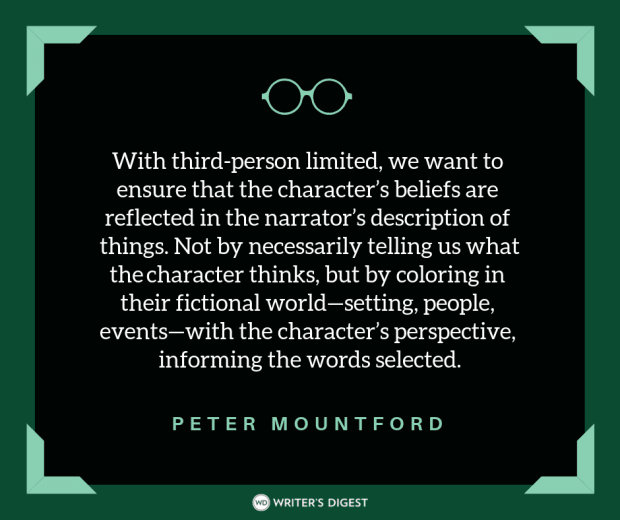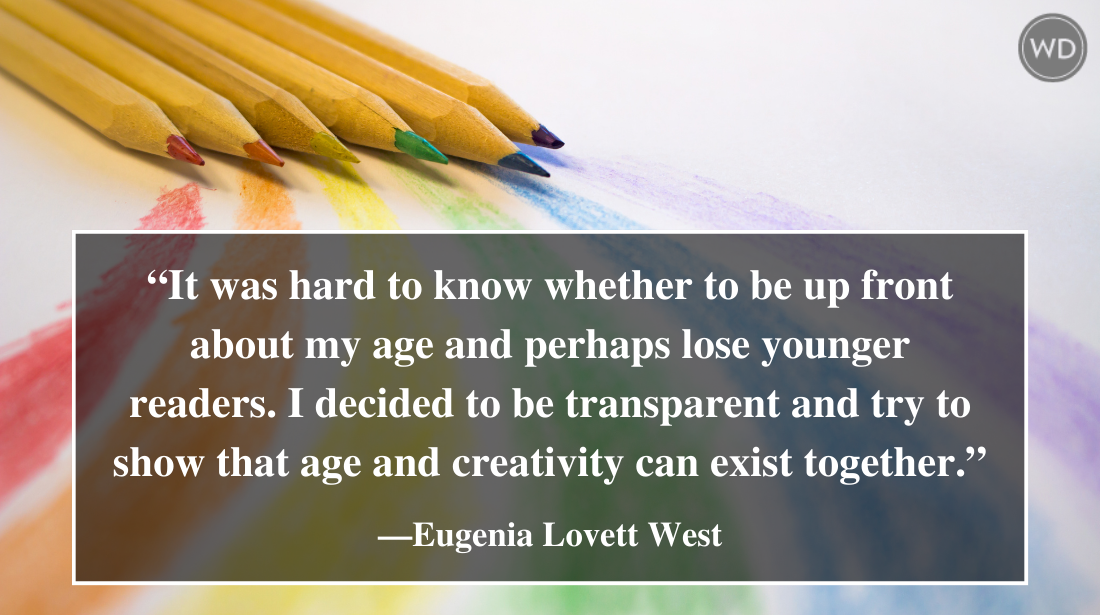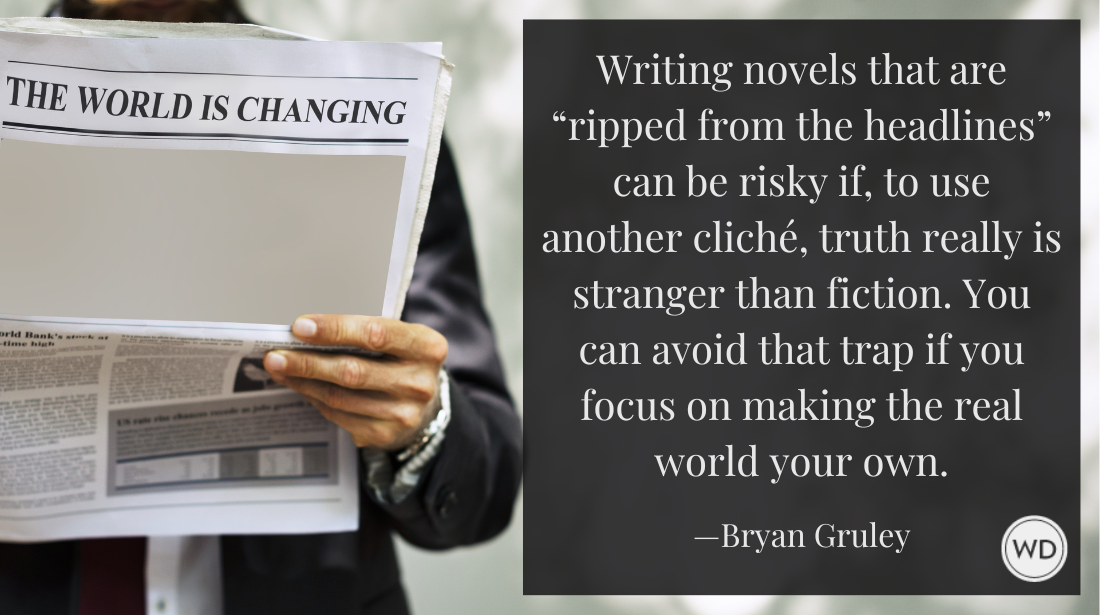Readability: Get Out of the Way
Today’s guest post is by Jim Adam. It is part of a series on storytelling and The Strengths of the Potter Series. Check out Jim’s book, Motherless. At the level…
Today's guest post is by Jim Adam. It is part of a series on
storytelling and The Strengths of the Potter Series. Check out Jim's
book, Motherless.
At
the level of the sentence and paragraph, the Potter series is eminently
readable. It resides in a happy middle ground between florid prose on
the one hand, and anorexic prose on the other. The style is direct
without being simplistic.
It gets out of the way so that readers can enjoy the story.
The strengths of Rowling’s prose read like a summary of Strunk and White’s The Elements of Style:
- varied sentences, both in length and structure
- use of the active voice
- limited use of “to be” verbs and related constructs (“there were,” “it was,” “she was”)
- balanced use of rare verbs (slam, snatch, swagger) with more common ones (close, take, walk)
- a preference for concrete nouns that appeal to the five senses
- carefully selected modifiers
- use
of more specific transitional words and phrases (because, though,
which) rather than relying entirely upon “and,” “but,” and “then”
The
Potter prose isn’t afraid to use adverbs (including adverbs in dialogue
tags), for which all writers should be grateful. The current backlash
has all but removed adverbs from the language, and we need writers like Rowling to push back against this bigotry.
Some
writers might not be comfortable using adverbs as much as Rowling does,
but that is one way writers create their own unique voice. It deserves
to remain a matter of personal preference rather than editorial fiat.
The
Potter prose also demonstrates courage by making positive statements.
Graduate school timidity (“the toe on an ape is not unlike a thumb”)
has infected a lot of writers, but not Ms. Rowling. She doesn’t tell us what something is not unlike; she tells us what it is like.
Next in series: Reader Identification
--
Looking for more help on the craft of fiction? Check out our Elements of Fiction series:
- Beginnings, Middles, and Ends by Nancy Kress
- Scene & Structure by Jack Bickham
- Description by Monica Wood
- Plot by Ansen Dibell
- Characters & Viewpoint by Orson Scott Card
- Conflict, Action, and Suspense by William Noble
OR: Take an online course and get feedback from a professional and published instructor. Our Advanced Novel Writing Workshop starts THURSDAY—you'll get feedback on how to revise 200 pages of your work. (Use coupon code JAN10 to get 15% off.)
Jane Friedman is a full-time entrepreneur (since 2014) and has 20 years of experience in the publishing industry. She is the co-founder of The Hot Sheet, the essential publishing industry newsletter for authors, and is the former publisher of Writer’s Digest. In addition to being a columnist with Publishers Weekly and a professor with The Great Courses, Jane maintains an award-winning blog for writers at JaneFriedman.com. Jane’s newest book is The Business of Being a Writer (University of Chicago Press, 2018).









